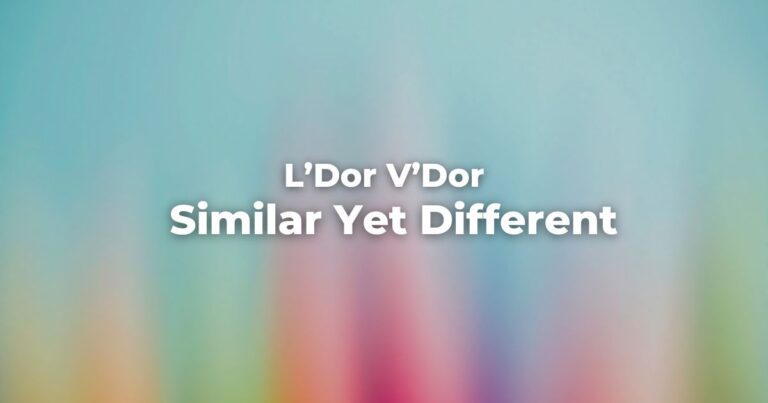People have feelings about transliteration. That’s good. We think that’s good.
We want to take the opportunity and share with you our philosophy on transliteration and why we transliterate the way we do.
Let’s define terms: Transliteration is writing out a language in another language.
More often than not, for EJ right now, that means writing Hebrew in English letters. And, as is apparent around Hannuka, Chanukah, Hanukah, in December, there are many ways to do that.
Transliteration is accessible.
We want people who do not know how to read Hebrew text to be able to read what is written. This makes the material more accessible to a broader range of people.
Transliteration as accuracy.
In an academic setting, accurate transliteration is essential to make meaning and explain what is happening. There is a difference between the letters כ (chaf) and ח (chet), both make that classic, guttural Hebrew sound. Identifying that difference is important and can dramatically change the meaning of the word being expressed.
For example: חנן, ḥanan, means to show favor or grace, while כנן, chanan, means to nest or form circles around.
So we understand how transliteration can be a core tool in helping people understand the difference between letters and words.
Searchability as a priority.
For us, our primary goal is to make sure that as many people as possible can access what we have to offer and to make it easy for them to discover.
Most people don’t search based on academic accuracy. While we love the 1% of you that search online with the h with the dot under it (this guy: ḥ), we know many of you won’t.
Our priority is to engage as many people as possible based on the search terms that are commonly used and we adjust our transliterations to accommodate that so we will appear. Because of the nature of the internet, and Google Search, we utilize Search Engine Optimization (SEO) to help us rank higher when you search stuff.
We want to show up, simple as that.
Honoring our Authors
All of that being said, we attempt to honor the various transliteration approaches of our authors. We don’t own the truth. Hardly. We just have a specific goal.
We try to leave the transliterations of our authors alone and generate consistency and clarity by adding alternative spellings to help the terms appear in search.
For example, if you reasonably wrote Ḥanukah, we might add “(also spelled Hanukkah or Chanukah)” at the end of the sentence or phrase. You can see an example here.
There are circumstances where we have changed the transliterated spellings of words, but we try our best not to do that.
Fundamentally, our goal is to get more Torah out in the world, which means playing the internet search game.
Our transliteration philosophy is focused on getting in front as many people as we can possibly accomplish.
For those who are irked by our philosophy: we get it. We hear you. We respect your approach. You are also right. This, too, is TorahRefers to the first five books of the Hebrew Bible, the Tanakh, also called the Five Books of Moses, Pentateuch or the Hebrew equivalent, Humash. This is also called the Written Torah. The term may also refer to teachings that expound on Jewish tradition. Read more. Eilu v’eylu!
(We spelled it differently even though it’s the same word. Yeah, we did that.)
Overall though, we hope that this clears up some confusion and some angst and helps make our work here at Exploring Judaism more transparent.
Author
-

Exploring Judaism is the digital home for Conservative/Masorti Judaism, embracing the beauty and complexity of Judaism, and our personal search for meaning, learning, and connecting. Our goal is to create content based on three core framing: Meaning-Making (Why?), Practical Living (How?), and Explainers (What?).
View all posts


